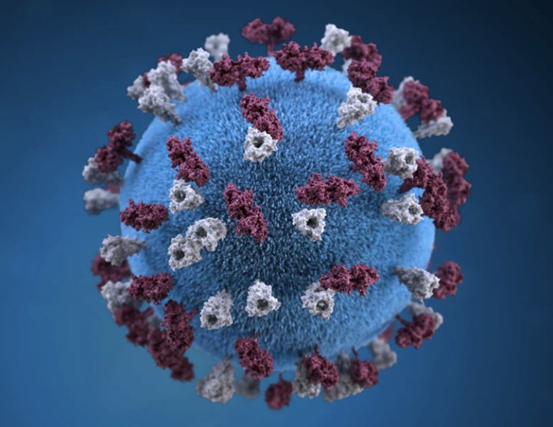
The COVID-19 epidemic affects the hearts of 1.4 billion people across the country. To resolutely win the battle against the virus, the alumni of Nanchang University have taken active actions and done their best to fight the virus.
Li Liangyuan is a member of NCU Alumni Association in France who graduated from Class of 2002, Major of Automation, School of Information Technology and entered the ENSEA School of Engineering in Paris in 2007. Together with his classmates Li Rui, Lai Zhilin and Chen Huibin, he established Guangzhou Saite Intelligence Technology Co., Ltd.. And the unmanned delivery robot produced by their company was used on the front line of the battle against COVID-19.
Guangzhou Saite Intelligence Technology Co., Ltd., located in Huangpu district, Guangzhou,is China's leading product developer and supplier of intelligent unmanned equipment, and the drafter of Chinese national standards in this field. The company’s medical unmanned robots have been rushed to the front line at the beginning of the epidemic: Guangdong Provincial People’s Hospital, Wuhan Hankou Hospital, Leishenshan Hospital, Wuhan University Zhongnan Hospital and other designated hospitals for COVID-19 treatment. The story has been reported by authoritative media such as CCTV, People's Daily, Guangdong News, Guangzhou Daily, Huangpu District Release and generated more than 150 million views so far. The robot assists the hospital to complete medical care with high risk of infection, greatly reducing the risk of cross infection in the hospital and the loss of scarce medical supplies.
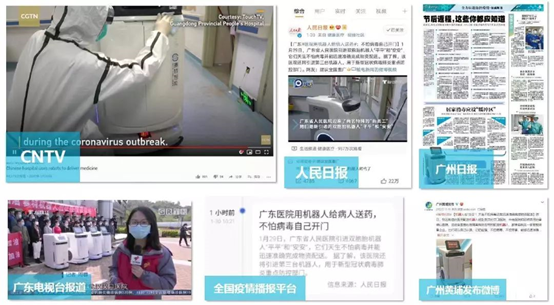
On the morning of February 3, Jiangxi Saiying Intelligence Technology Co., Ltd. donated a million-yuan smart delivery robot to Yingtan People's Hospital through the Yingtan Red Cross for the fight against COVID-19. This smart delivery robot was named "Little Warrior", which also marked the official launch of the first smart delivery robot applied in isolation wards in Jiangxi Province.
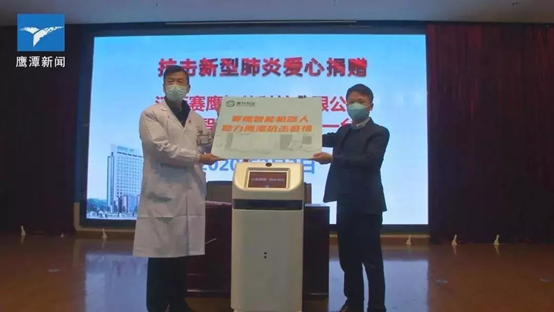
According to the introduction, "Little Warrior" integrates the nation's best unmanned driving technology at this stage and has a very strong ability to memorize. It can independently identify and read the map and the working environment, establish an information database, independently plan the path, go where it wants to go, and complete the point-to-point distribution of materials.
When there is a delivery request at the hospital, such as delivering medicines, surgical instruments, lunch boxes, bedding, etc., the medical staff can use facial recognition, fingerprint recognition or ID cards to open the robot's body and place the items that need to be delivered, then they will operate on the screen for confirmation. The robot will autonomously plan the route according to the constructed map and its familiarity of the hospital environment and then deliver the items to the destination. In this process, it will automatically avoid obstacles, open and close doors by itself, take an elevator, and so on. After it arrives at the destination, the personnel at the nurse station of the destination will obtain the delivered items through corresponding identification methods, such as facial recognition, fingerprint, and ID card.
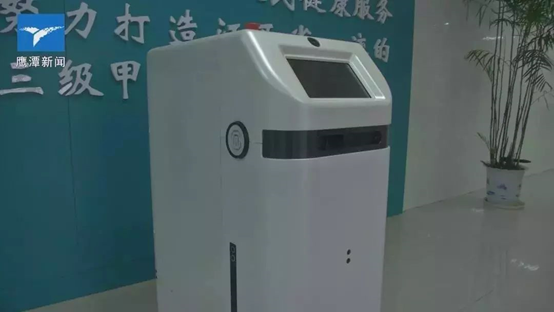
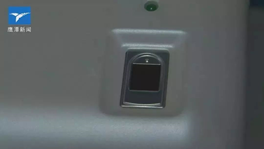
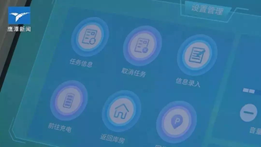
During the delivery, the "Little Warrior" does not require personnel to operate, reducing the frequency of medical personnel entering the isolation area and playing a good role in protecting them. There is an automatic disinfection and purification function inside the robot, and the material of the machine shell is anti-corrosion, the cleaning work on which can be completed in ten seconds with just some alcohol spray or disinfection wipes.
The emergence of "Little Warrior" will greatly ease the labor intensity of front-line medical staff and reduce the chance of them being infected. Let us give a thumb-up to the "Little Warrior" and Saite Intelligence!